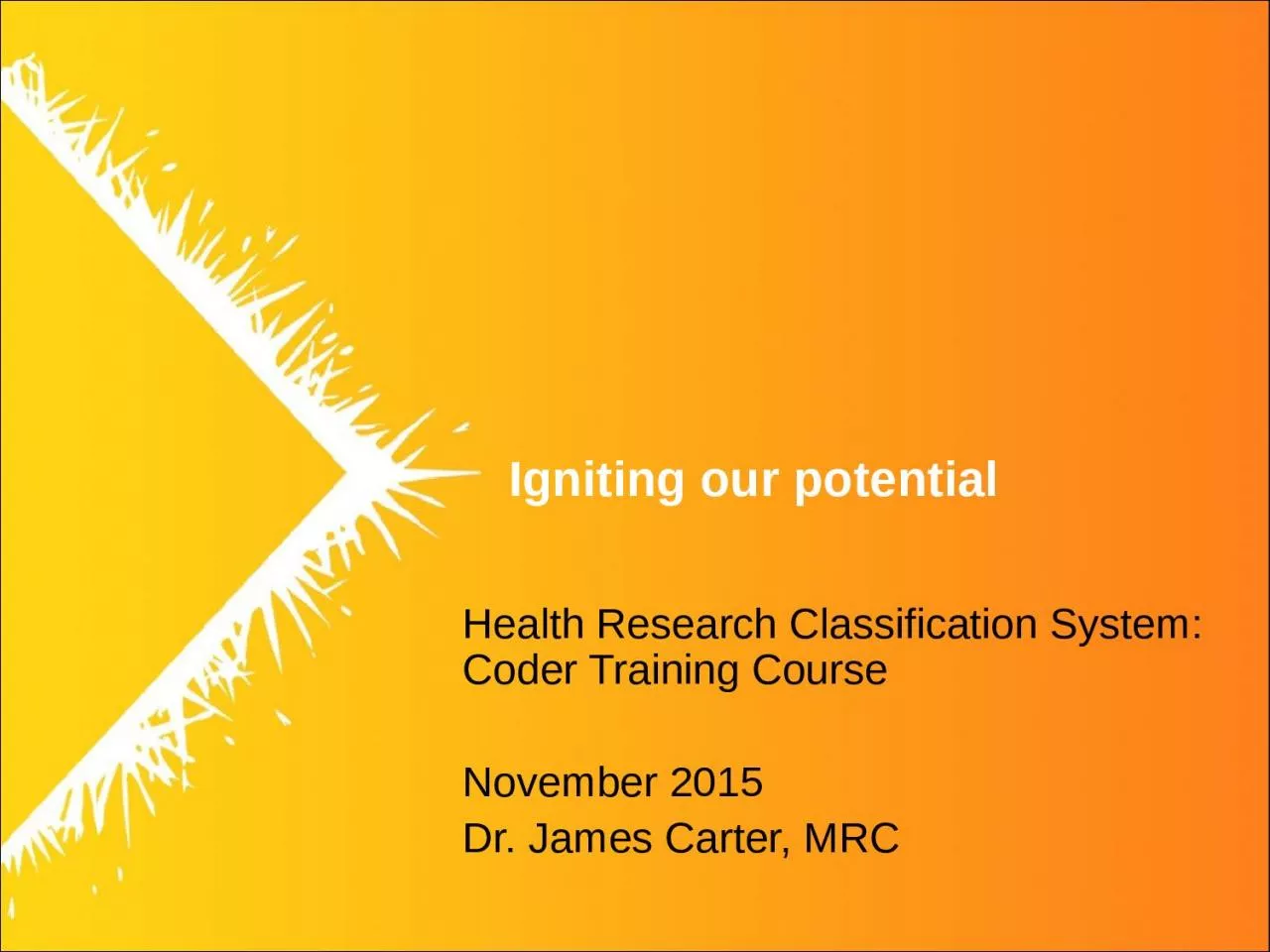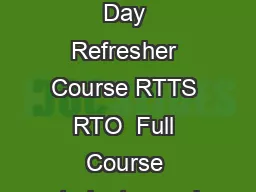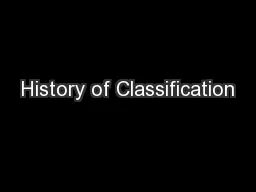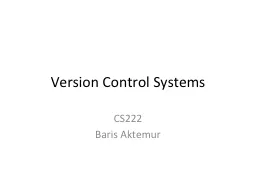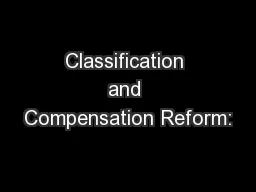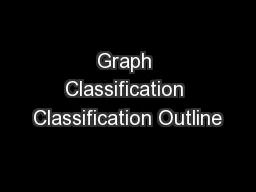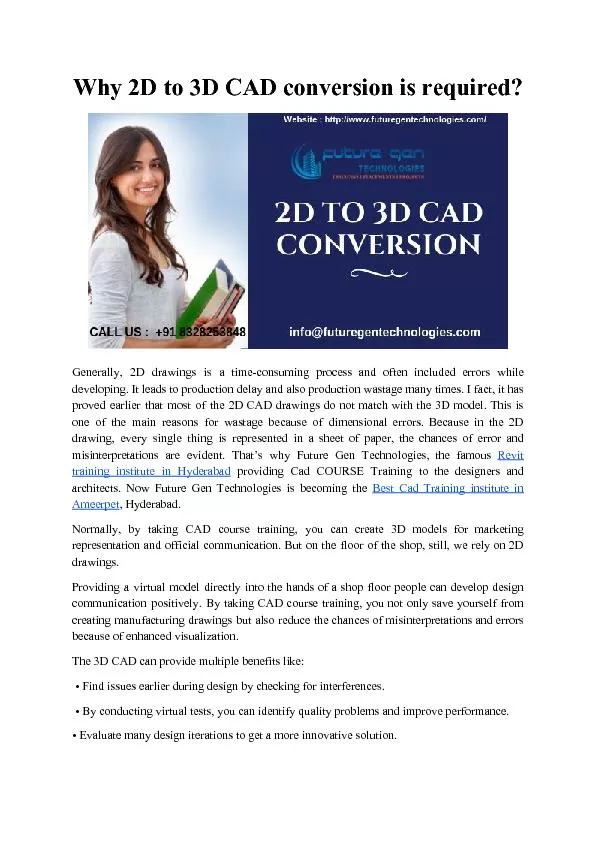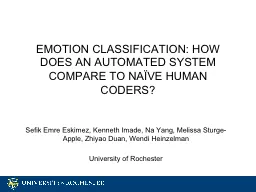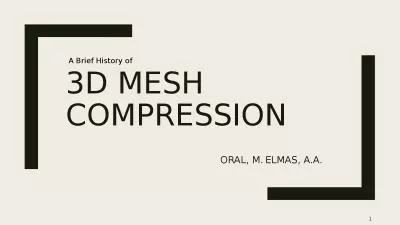PPT-Health Research Classification System: Coder Training Course
Author : ThoughtfulTiger | Published Date : 2022-08-04
November 2015 Dr James Carter MRC Structure of the Presentation Background 40 mins Where the HRCS came from What impact it has had Who is using it now Understanding
Presentation Embed Code
Download Presentation
Download Presentation The PPT/PDF document "Health Research Classification System: C..." is the property of its rightful owner. Permission is granted to download and print the materials on this website for personal, non-commercial use only, and to display it on your personal computer provided you do not modify the materials and that you retain all copyright notices contained in the materials. By downloading content from our website, you accept the terms of this agreement.
Health Research Classification System: Coder Training Course: Transcript
Download Rules Of Document
"Health Research Classification System: Coder Training Course"The content belongs to its owner. You may download and print it for personal use, without modification, and keep all copyright notices. By downloading, you agree to these terms.
Related Documents

